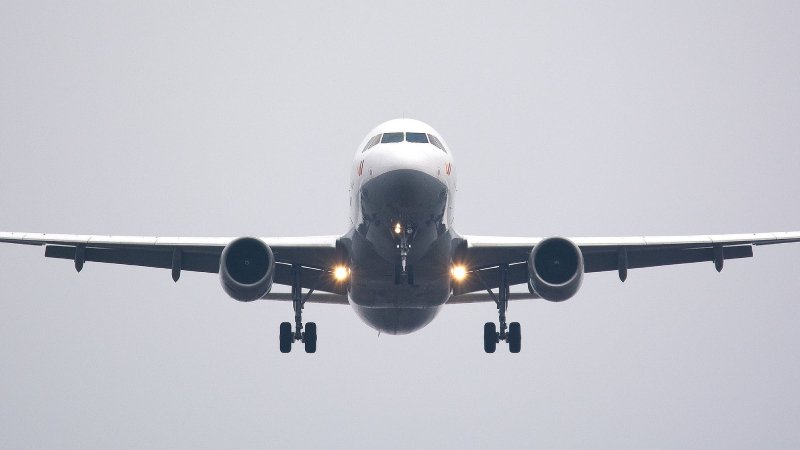In a significant escalation of geopolitical tensions, a coordinated airstrike by Israel targeting Iranian nuclear and military installations has led to unprecedented disruptions in global air travel. Following the strike on June 13, 2023, airspace over Iran, Iraq, and Jordan was swiftly closed, marking the initiation of what Israeli authorities describe as a long-term campaign.
Immediate Impact on Air Travel
The repercussions for airlines were immediate and severe, with nearly 2,000 flights rerouted or canceled, heavily impacting one of the world’s essential east-west aviation routes. This disruption comes at a time when airspace over Russia and Ukraine is already off-limits due to ongoing conflict, making the Middle East increasingly crucial for air connectivity between Europe and Asia.
Longer, Costly Detours
The airspace closure forced airlines to take longer and more expensive routes over Egypt, Saudi Arabia, Turkey, and Central Asia, raising fuel costs and straining operations amidst slim profit margins. Safe Airspace, a flight-risk intelligence platform, referred to the upheaval as “one of the largest sudden shifts in global aviation since the Ukraine war began.”
Extent of Affected Flights
According to Eurocontrol, around 1,800 European flights were impacted on June 13, including approximately 650 cancellations. Major airlines, including Air France, Lufthansa, KLM, SWISS, and LOT, have temporarily suspended services to Tel Aviv and Tehran. Gulf carriers like Emirates, Qatar Airways, Flydubai, and Etihad also grounded flights across Iranian and neighboring airspaces.
Israeli Airlines React
Local carriers such as El Al, Israir, and Arkia relocated aircraft from Tel Aviv’s Ben Gurion Airport as the risk heightened in the region. Mark Zee, founder of OPSGROUP, a global aviation community, stated that “the Middle East corridor is now a global aviation flashpoint.” He cautioned that if closures continue or spread, significant changes in route planning, crew scheduling, and overall profitability may follow.
Market Reactions and Financial Implications
The aftermath of the strikes extended beyond aviation, affecting financial markets as well. Airline stocks experienced declines, while Brent crude oil prices surged nearly 13%, closing at $74.95 per barrel. Additionally, Bloomberg noted a 15% increase in crude shipping costs from the Persian Gulf to Asia, reflecting the vulnerability of both air and sea logistics amid military tensions.
Safety Concerns in Aviation
The situation introduces heightened safety risks for commercial aviation. Since 2001, six passenger planes have been mistakenly shot down in conflict zones, most notably the tragic incidents involving Malaysia Airlines Flight MH17 over Ukraine in 2014 and Ukraine International Airlines Flight PS752, which was shot down shortly after takeoff from Tehran in 2020. These events emphasize the dangers of flying in areas with active military operations.
Future Uncertainties
The duration of these disruptions remains uncertain. Airlines like KLM have already suspended flights to Tel Aviv until July 1, while SWISS has paused services to Beirut and Tel Aviv through late summer and fall. Air Canada has halted its flights to Tel Aviv indefinitely, with tentative plans to resume in September. Regional carriers, including Pegasus and Flydubai, have opted to reduce their schedules or enforce daylight-only operations through mid-June.
Analysts warn that any broader retaliation from Iran or threats to the strategically crucial Strait of Hormuz, a vital channel for approximately one-fifth of the world’s oil, could create further instability in global aviation and fuel markets.
Advice from Aviation Experts
Currently, airlines across the globe are monitoring the situation closely, hoping for a swift resolution to the airspace closures. Safe Airspace advises aviation operators to exercise extreme caution in the region, noting that the situation is still evolving and requires careful navigation.



